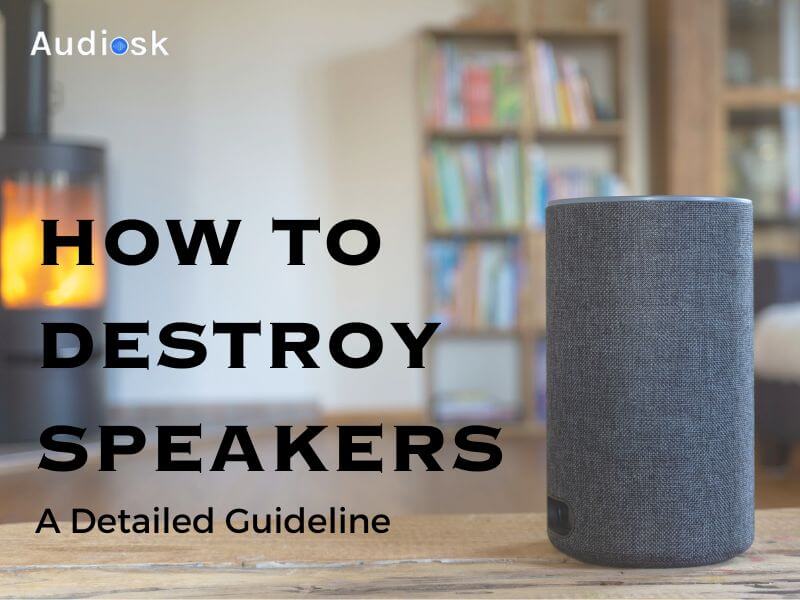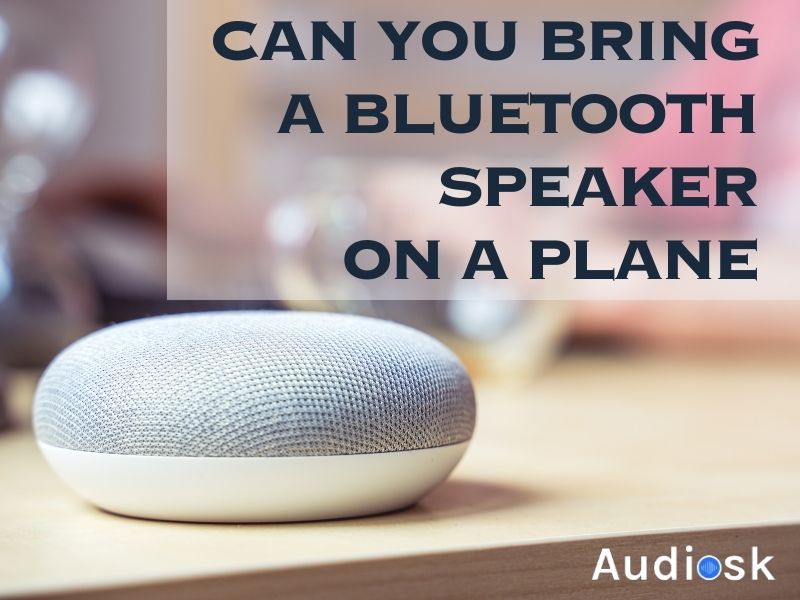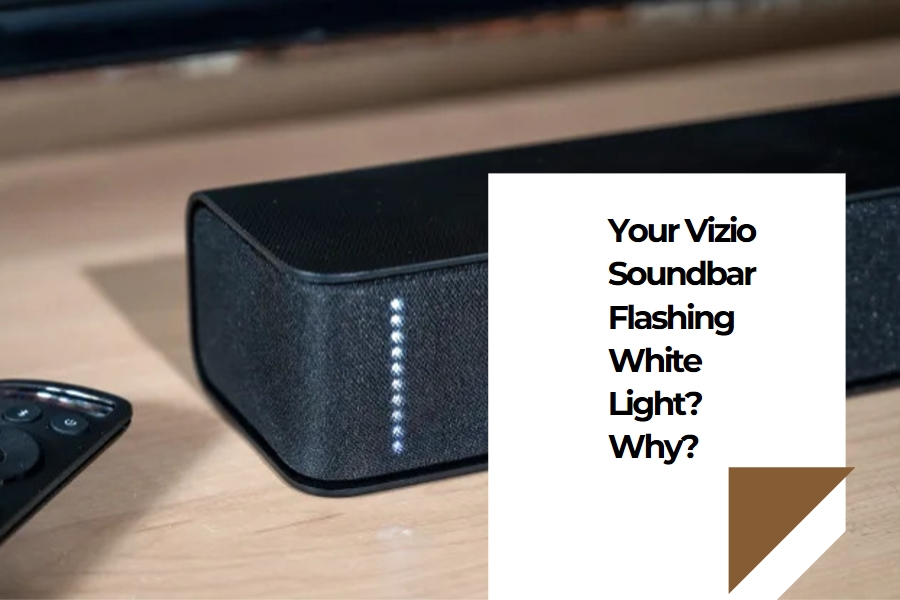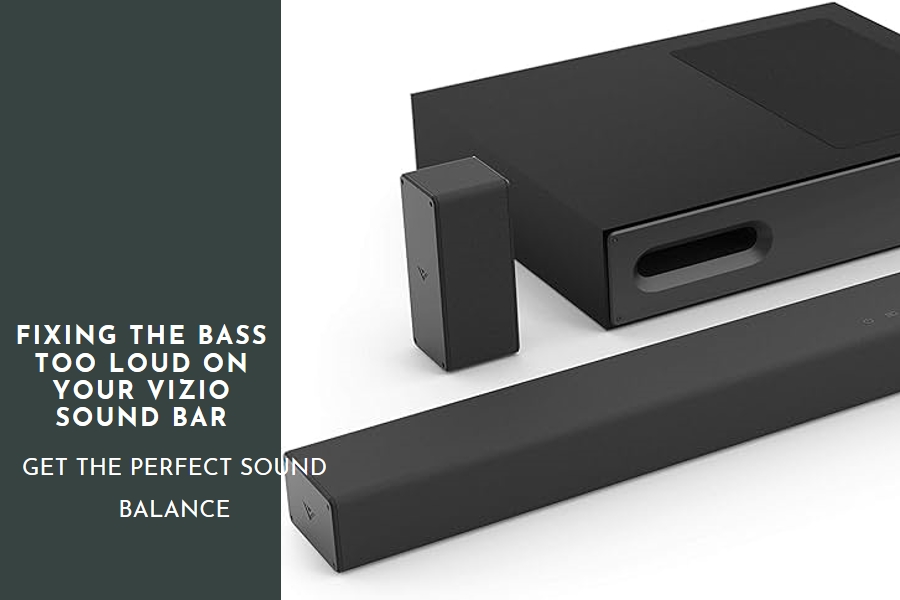We’ve recently explored the ‘Ultimate Guide to Connecting Speakers’ from our friends at the sound tech group, and it’s a game-changer for anyone passionate about audio. Whether you’re a beginner or have some experience, this guide simplifies the process of setting up speakers, both wired and wireless.
In our journey with sound tech, understanding the nuances of connecting speakers has been crucial for achieving the best listening experience. This guide covers it all – from the basics of different speaker types and wiring connections to advanced tips for optimizing sound quality and stereo setup.
As regular users who have set up speakers in various environments, from cozy living rooms to more professional settings, we found the guide extremely helpful. It’s filled with straightforward steps, practical advice, and useful tricks that are easy to follow. It’s not just about listening to great sound; it’s about learning the most effective ways to create that perfect audio environment. Trust us, this guide is a valuable resource for anyone looking to enhance their audio setup.
How To Connect Different Speaker Types?
Here’s an ultimate guide to connecting speakers to help you connect with different types of speakers:
How to connect wireless speakers
This type can connect to audio sources over technologies like Bluetooth or Wi-Fi. Here’s an essential connection guide:
Firstly, you turn on your wireless speaker. Next, you enable the pairing mode on your speaker. Afterward, on your audio source (like your smartphone), open the Bluetooth settings and choose your speaker from the list of available devices. Now, you can play some music to check your connection.
How to connect smart speakers
You need to plug in your smart speaker. Next, you download relevant applications (like Amazon Alexa or Google Home) on your smartphone.
Now open the app và follow the instructions to add your smart speaker to your network. The app will support your smart speaker to connect to Wi-fi, set up preferences, and manage the speaker’s settings. Once your speaker is connected to the internet, it can stream music, answer questions, control smart home devices, and much more.
How to connect wired speakers
People will choose a wired connection to ensure that the audio source has not interfered with and is poor quality, affecting your listening experience. And how do you connect them:
You use a cable to connect one end of the wire to a speaker and another to an audio source, such as a subwoofer or receiver. Note that speaker cables will most likely use the ports labeled “+” and “–” or “red” and “black” to connect. Therefore, you need to pay attention to the correct wiring. Then you turn on your audio source and speakers and play music to try it out.
Read more: How To Connect Speaker Wire To Receiver
How To Connecting Speakers with Different Devices
We are providing you with a detailed guide on how to connect speakers to different devices using Bluetooth, optical cables, coaxial cables, AUX/RCA cables, and amplifiers:
Connecting speaker with bluetooth
Connecting to Bluetooth is a popular way to connect audio devices to their speakers. However, when you choose this way, the sound quality will not be as good as a wired connection. But many people still prefer it because of its convenience. They often play over the smartphone with their favorite music via streaming services like Spotify, Apple Music, Amazon, etc.
Here’s the step-by-step guide to connecting your speakers:
Step 1: Turn on Bluetooth on the speaker
First, you hold the button until the light blinks on your speaker. Notice that the button’s location can vary depending on your device’s model and brand.
Step 2: Find your speaker’s name on the device
Next, you turn on Bluetooth on your device may be a smartphone, tablet, or smart TV. You can find it in the setting menu on your device.
Now you find your speaker’s name on the list of available Bluetooth devices on your device. After that, you tap it and start pairing.
Step 3: Pairing process
Lastly, you just wait a minute for a confirmation message. For some devices, set the passwords to allow pairing. If you have, enter your password. And now, you’ve successfully connected.
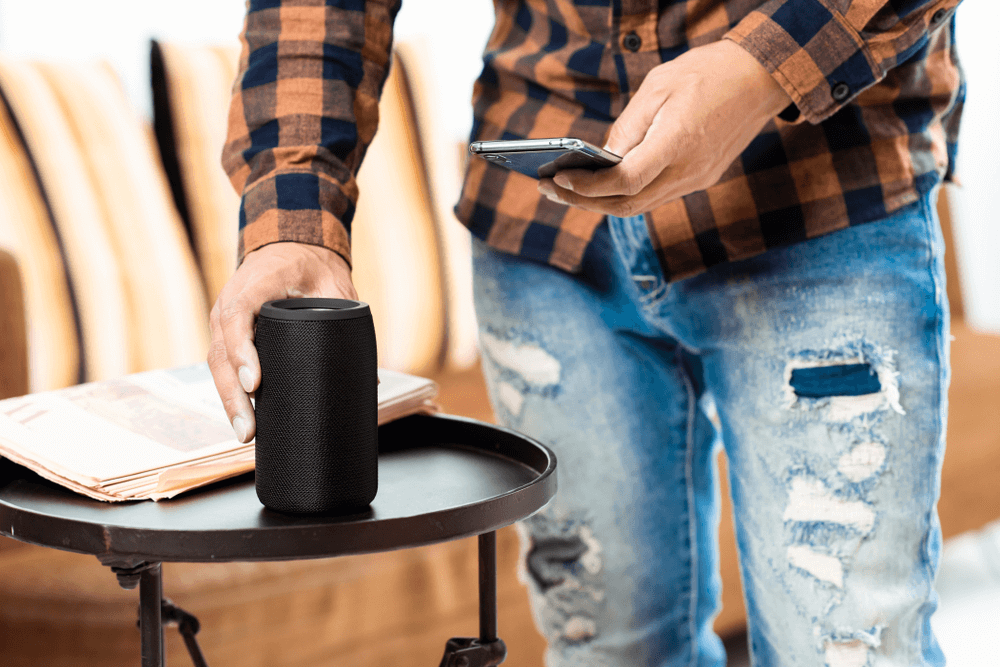
Connecting speaker with optical cable
The instructions below are general guidelines, no matter what brand speaker you use or the device to connect it. To make it easier to understand, I will take the specific instructions for joining the speaker on the TV:
Step 1: Plugin the cable into the port
Plug one end of the optical cable into the Optical port on the speaker (a square jack). Next, plug the other end into the optical port of the TV (the jack is square and comes with the sign “Digital audio out” (optical).
Step 2: Press the “Input”
Press the “Input” button on the speaker or remote control depending on the speaker model until the indicator light comes on.
Step 3: Starting to connect
Your speakers will receive the signal from the TV and start connecting. Now, you can comfortably listen to music, watch movies, and entertain on TV with high-quality sound.
Note: Not all TVs have ports to connect Optical. So when using the optical cable to connect, make sure your TV has a connection port and an “Optical” or “Digital audio out” (optical) sign first.
Read more: How To Reset Bluetooth Speakers
Connecting speaker with coaxial cable
This guide helps you connect a coaxial cable to your speaker with step-by-step to follow:
Step 1: Press the “Input” button
Press the “Input” button on the speaker first or the “Cox” key on the remote control until the LEDs change color.
Step 2: Connecting the cable
You connect one end of the coaxial cable to the speaker’s end and the other to your device: a phone, tablet, or TV. Once completed, you can comfortably listen to music or entertain with quality and vivid sound.
Note: When connecting the coax cable, please double-check the frequency when using it. Because coax cable works only when receiving PCM standard audio signal (44.1KHz/48KHz/96KHz/192KHz).
Connecting speaker with AUX/RCA cable
If you want to connect with AUX/RCA cable, here is a detailed guide on how to connect:
Step 1: Press the “Input” button
In this step, press the “Input” button on the speaker or the “AUX” button on the remote until the light blinks and changes color.
Step 2: Connect the cable
You use a 3.5mm RCA cable and connect one speaker input, the other end to a device that can be a phone or tablet. Now, you can enjoy your entertainment with immersive sound from your speakers.
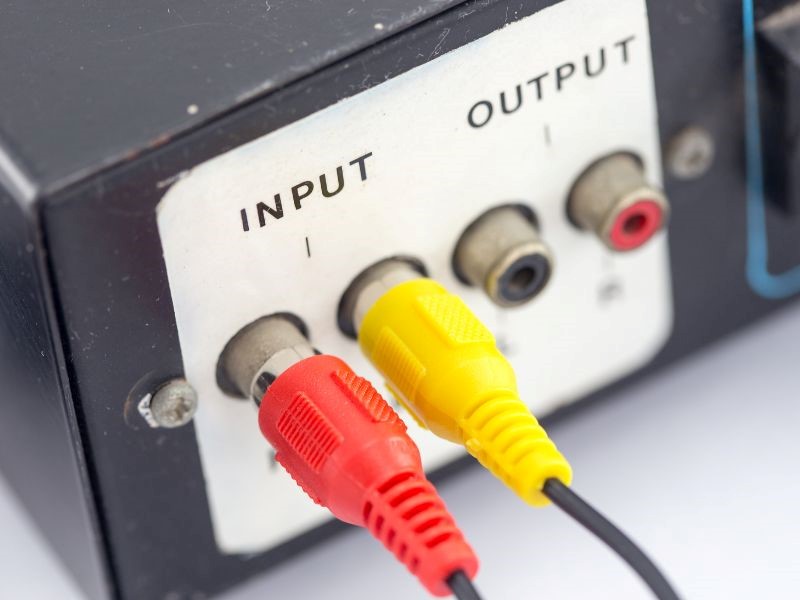
Connecting speaker with amplifier
Here is a step-by-step guide to help you connect the speaker to your amplifier:
Step 1: Ensure safety
Before you begin, unplug the amp’s power sockets to ensure safety against shocks.
Step 2: Connect your cable
You use a cable to connect one end to the amplifier and the other end to the speaker. If your device uses a spring clamp, you can simply push the clamp down and insert the wire.
In addition, some devices use a link post. You just need to take a screwdriver to loosen the screw and put the wire in. Now you are done connecting.
How To Increase Sound Quality?
Here are some tips to help you improve your sound quality:
- You ensure that the speaker’s and the amplifier’s impedance match to avoid causing problems such as distortion and volume decrease.
- Use quality cables and connectors when connecting, helping to avoid signal interference and clear and better sound quality.
- You should consider the placement of your speakers. For example, placing it too close to the wall can cause an echo and distorted sound.
Conclusion
In concluding our ultimate guide to connecting speakers, we have explored a myriad of techniques and tips that are crucial for both beginners and seasoned audio enthusiasts. We delved into the various types of speakers, understanding their unique characteristics and how they fit into different audio setups. We also emphasized the importance of choosing the right cables and connectors to ensure optimal sound quality and system reliability.
Throughout this guide, we highlighted the significance of placement and room acoustics, as they play a pivotal role in the overall listening experience. By following our comprehensive advice, we are confident that you will be well-equipped to create a sound system that not only meets your needs but also exceeds your expectations in terms of audio performance and enjoyment.
FAQ



